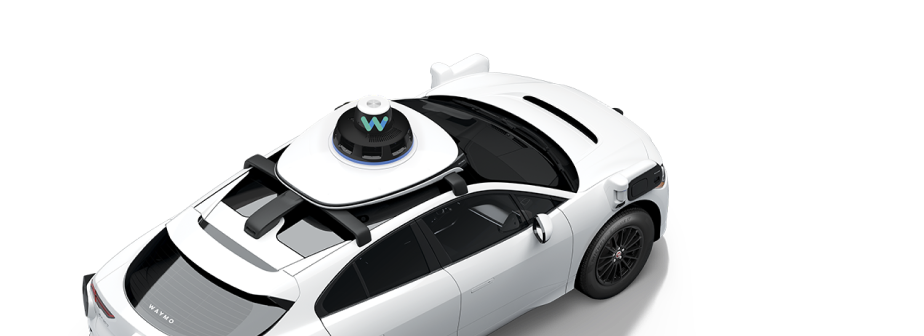From post-it note to prototype: The journey of our Firefly
Back in 2013, our prototype vehicle was nothing more than post-it note origami. This miniature paper car was the product of countless hours dreaming up what a fully self-driving vehicle could look like.Should it be a space-age batmobile? A decked-out entertainment pod? Or perhaps a living room on wheels? In the end, we landed on the friendly two-seater vehicle, with no steering wheel or pedals, and a computer under the hood to handle every part of driving. When the post-it note materialized into a real vehicle, neighbors noted the pod-like design, calling it the koala car or gumdrop. Our team affectionately nicknamed it “Firefly.”
One of the first Firefly sketches included a backwards-facing third seat to encourage conversation. We ultimately replaced it with a storage bin; riders preferred front-facing seats to avoid motion sickness.
From the beginning, Firefly was intended as a platform to experiment and learn, not for mass production. By designing and building a truly self-driving vehicle from scratch, we were able to crack some of the earliest self-driving puzzles — where to place the sensors, how to integrate the computer, what controls passengers need in a car that drives itself. In answering these questions, Firefly defined some of our most recognizable features, like the dome on top of every Waymo car (by putting the LiDAR and cameras in a central spot, our sensors can see further and our computer can process data more efficiently).
Designed in California and hand-built in Michigan, Firefly helped us understand how to build fully self-driving vehicles from the ground up.
Once on the road, Firefly led us to some of our most significant milestones. We traveled to the first test city outside of our hometown, racked up millions of self-driving miles, and took our most exciting ride to date. On October 20, 2015, we completed the world’s first truly self-driving trip when Steve Mahan cruised through an Austin neighborhood in a Firefly with no controls or human backup — a feat that was only possible because of the capabilities and redundant systems we developed in this prototype.
Steve Mahan, who is legally blind, took the world’s first and only truly self-driving ride on public roads in a Firefly without a steering wheel and pedals.
In preparing for that Austin ride, Firefly taught us exactly what it takes to go truly self-driving. Now that we’ve moved to our next phase — letting members of the public use our self-driving cars in their daily lives — we’re ready to retire our fleet of Fireflies and focus on integrating our latest technology into vehicles like our new self-driving Chrysler Pacifica minivan.
By focusing on mass-produced vehicles like the Pacifica minivan, we’ll be able to bring fully self-driving technology to more people, more quickly. The Pacifica minivans are equipped with our latest generation of custom-built radar, LiDAR and vision systems and an all-new AI compute platform, so they can see even further and sharper. They can also reach full speed (where the Firefly is limited to 25mph), and the interior is equipped with creature comforts that passengers expect in their vehicles today — which makes our initial fleet of 600 self-driving minivans a perfect fit for our early rider program.
Our Pacifica minivans build on what we learned with Firefly and includes the latest generation sensors and software
Our Fireflies won’t be going far. In August, Firefly will take a roadtrip to the Arizona Science Center in Phoenix, AZ. In October, it’ll head to the The Thinkery in Austin, TX to commemorate the two-year anniversary of Steve Mahan’s fully self-driving ride. You’ll also find a couple Fireflies on display at the Computer History Museum in Mountain View, CA and the Design Museum in London. Firefly has taken us on an incredible journey over the last three years, and we’re looking forward to sharing this bit of self-driving history with the world.


